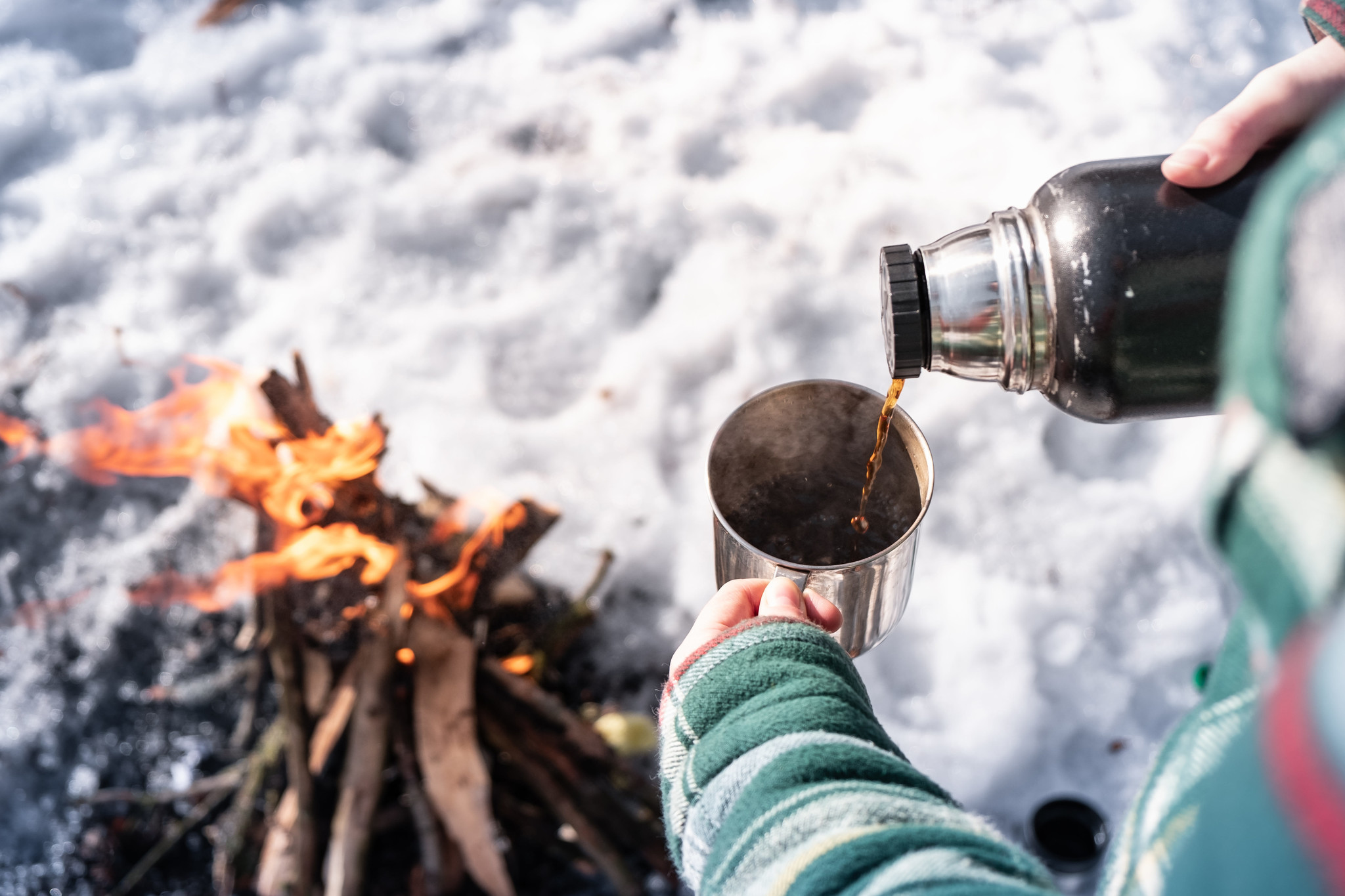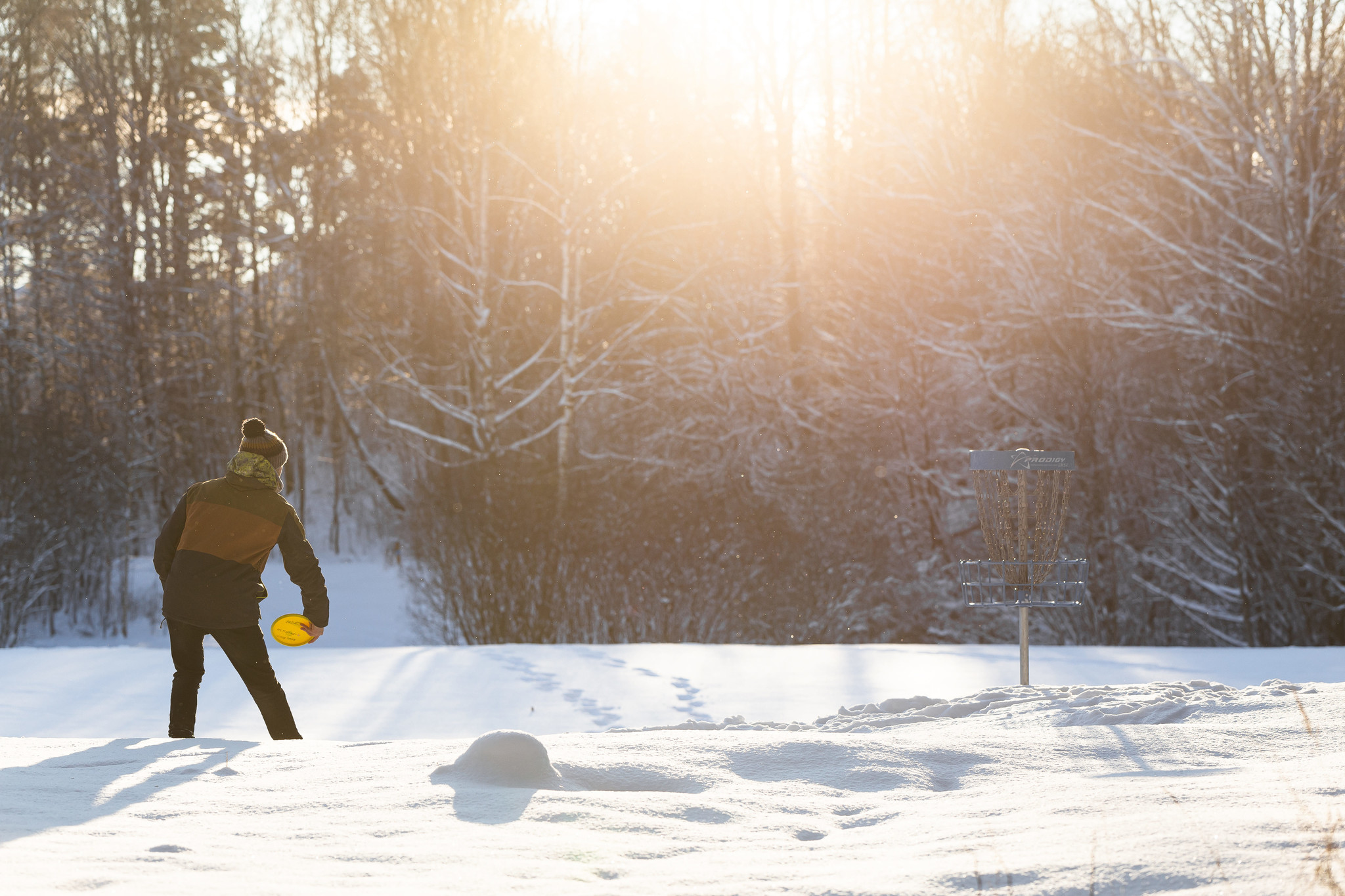

Login
Log in if you have an account
Register
Having an account with us will allow you to check out faster in the future, store multiple addresses, view and track your orders in your account, and more.
Create an accountOur totally awesome guide to dressing warm for winter adventures!

We love winter in Saskatchewan just as much as we love summer. Whether you choose OAC skin-based skis or a super fun snowskate, the bright snowy trails are ripe for adventure! Learn the fundamentals for dressing properly for prairie winters so that you can adventure safely at any temperature.
The 3 fundamental rules of winter dressing in Saskatchewan.
- Always dress in layers
Layers help you regulate your temperature. During your hike or ski, you can remove layers to prevent sweating and wetness, and as you wind down or the temperature gets colder, you can add layers to keep you warm and toasty. We recommend at least three layers: base layer, warm and chunky layer, and a jacket. - Recognize the signs & symptoms of hypothermia and frostbite
Hypothermia sets in when the body cannot regulate its own temperature, it is very dangerous and it is something all outdoor adventurers should be able to spot early, so they can get help. Some of the signs of hypothermia include shivering, confusion, drowsiness, and slurred speech. Mild hypothermia can be treated easily through gentle re-warming, but severe hypothermia is a medical emergency. You can prevent hypothermia by ensuring you have sufficient food, warm beverages, dress in weather-appropriate layers, and bring hand and feet warmers.
Frostbite causes damage to your skin and other tissues. Whether you are throwing some winter discs, hiking in Prince Albert, or just out walking by the river, frostbite is a potential risk. While it is more likely to harm exposed skin, it can also harm improperly dressed areas of our body like fingers and toes. If you feel numbness and tingling, or your skin is changing in colour or appearance, you need to get out of the cold and warm up before more severe damage occurs. - Always prepare for the weather
Before heading out into the snow, check the weather. This is a critical step in any outdoor winter adventure. Planning for the weather, and any potential changes in weather during your fun is essential for your safety. You can prepare for cold weather by bringing an extra pair of clothing, extra mittens or a scarf, an extra hot beverage, and plenty of snacks.

How to dress warmly for the great prairie outdoors.
The secret to winter dressing in layers, but what should those layers consist of and how do you know if they’re enough? We’re here to help. The primary function of layered dressing is to allow you to modify your outfit based on your needs, activity level, and the changing weather. When you prepare for your outdoor adventure, bring a space change of clothes and some additional options for bundling up for maximum enjoyment in the season of pow!
- Your base layer doesn’t sweat it
Your base layer should be fitted but stretchy and comfortable. This layer should be composed of either merino wool or polypropylene that wicks moisture away from the body to regulate your body temperature. Wearing both a long sleeve top and pants is an essential winter dressing strategy. - Your second layer keeps you warm and comfortable
On your top half, this is your warm layer. Got a warm and cozy wool sweater? A super-soft fleece? These are the perfect addition for the second layer in your winter adventure wardrobe.
For your bottom limbs, what you wear will depend on the winter activity. If you’re going for a ski or long hike, you may choose to wear ski pants on top of this layer, so it will need to be comfortable and not very bulky. If you’re heading out for a round of disc golf or taking out the snowskate for a shred, then a comfortable pair of performance pants or warm fleece technical pants should keep you nice and warm. - Your top layer protects you from the elements
This layer is considered your protective shell. It should be able to protect you from the wind and condensation as well as insulate your body warmth while you enjoy your outdoor adventures.
Depending on the temperature, you should find a coat that is either down or synthetic fill, don’t worry, we wrote a blog about how to choose a fill that is right for you. The temperature can also change what kind of top layer you choose, a warm winter day warrants a lighter down coat, but a cool and windy day should bring out the heavy hitter.
For bottoms, a windbreaker layer is crucial for long winter adventures. Investing in a great pair of ski pants will keep your legs toasty for maximum adventuring.
5 essential winter accessories for a Saskatoon adventure.
If you’re planning to get out on the trail or have some wintery fun with your friends and family, you’ll want some cozy and high-performing accessories to wear!
- Mitts or gloves
Gloves can give your fingers and hands the agility they need to play and text and make huge snowballs. You can choose gloves either as a layer underneath your larger mittens or as a stand-alone when the winter weather is mild. When it gets really chilly, however, you should opt for a high-quality mitten that can keep your fingers warm and protected. - Toque or balaclava
A toque helps keep your ears and head warm while you frolic in the snow. Our ears are very prone to frostbite, so protecting them is very important. While we don’t lose all our body heat through our heads like a volcano, we do want to keep as much of our body covered as possible in the winter. This helps maintain our body temperature and insulate us from the wind chill. - Scarf or neck warmer
Your choice of a scarf or neck warmer will depend on your level of physical activity. For more demanding and movement-based activities, a good merino wool neck warmer will be your best choice for comfort and mobility. If you’re heading out for a nice walk in the woods or the Meewasin Valley trail, a warm scarf can keep you cozy and looking cool. - Wool socks
High-quality wool socks are a quintessential part of your winter wardrobe. Ensure they fit well and are able to comfortably fit in your boots, as constriction will lead to decreased circulation and will cause your feet to be cold. - Warm boots
A good pair of boots is an investment in happy feet and winter warmth for years to come. For winter boots, sizing up a half size will help to accommodate the season's big woolly socks for maximum comfort.

No matter how you play, dress warmly with Escape Sports!
We have everything you need to layer up and love winter. Whether you take a snowskate for the weekend with our rental program or you take the family on a cross-country trek on the expansive trail networks in Saskatchewan, we have the gear and the knowledge you need. Stay warm and adventure often, Saskatoon!


